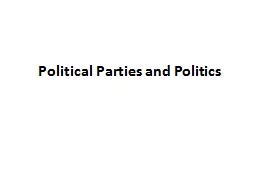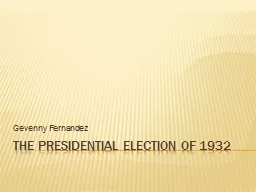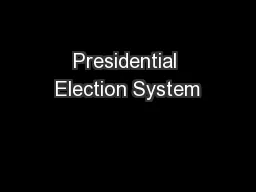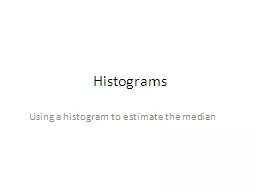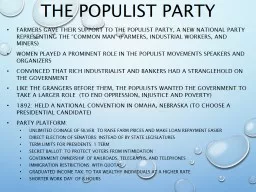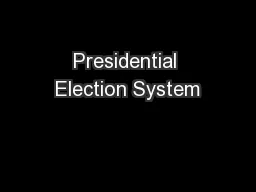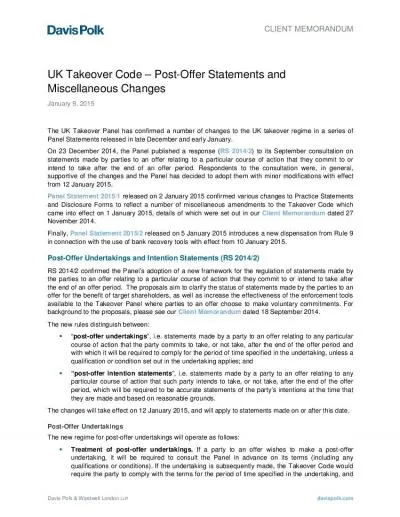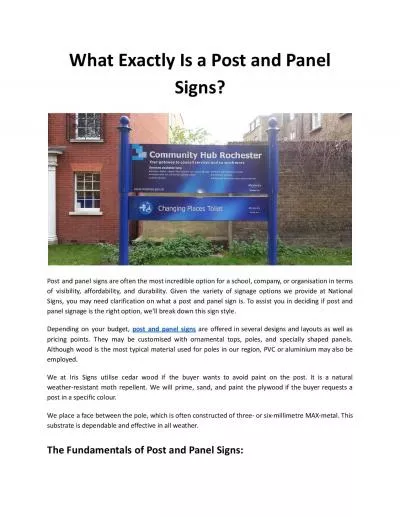PPT-Using panel data to estimate the impact of party leaders in the 2015 election
Author : aaron | Published Date : 2018-11-01
Jonathan Mellon and Geoffrey Evans Nuffield College Essex 20 th May 2016 wwwbritishelectionstudycom Why focus on leaders A key element of campaign coverage The
Presentation Embed Code
Download Presentation
Download Presentation The PPT/PDF document "Using panel data to estimate the impact ..." is the property of its rightful owner. Permission is granted to download and print the materials on this website for personal, non-commercial use only, and to display it on your personal computer provided you do not modify the materials and that you retain all copyright notices contained in the materials. By downloading content from our website, you accept the terms of this agreement.
Using panel data to estimate the impact of party leaders in the 2015 election: Transcript
Download Rules Of Document
"Using panel data to estimate the impact of party leaders in the 2015 election"The content belongs to its owner. You may download and print it for personal use, without modification, and keep all copyright notices. By downloading, you agree to these terms.
Related Documents



